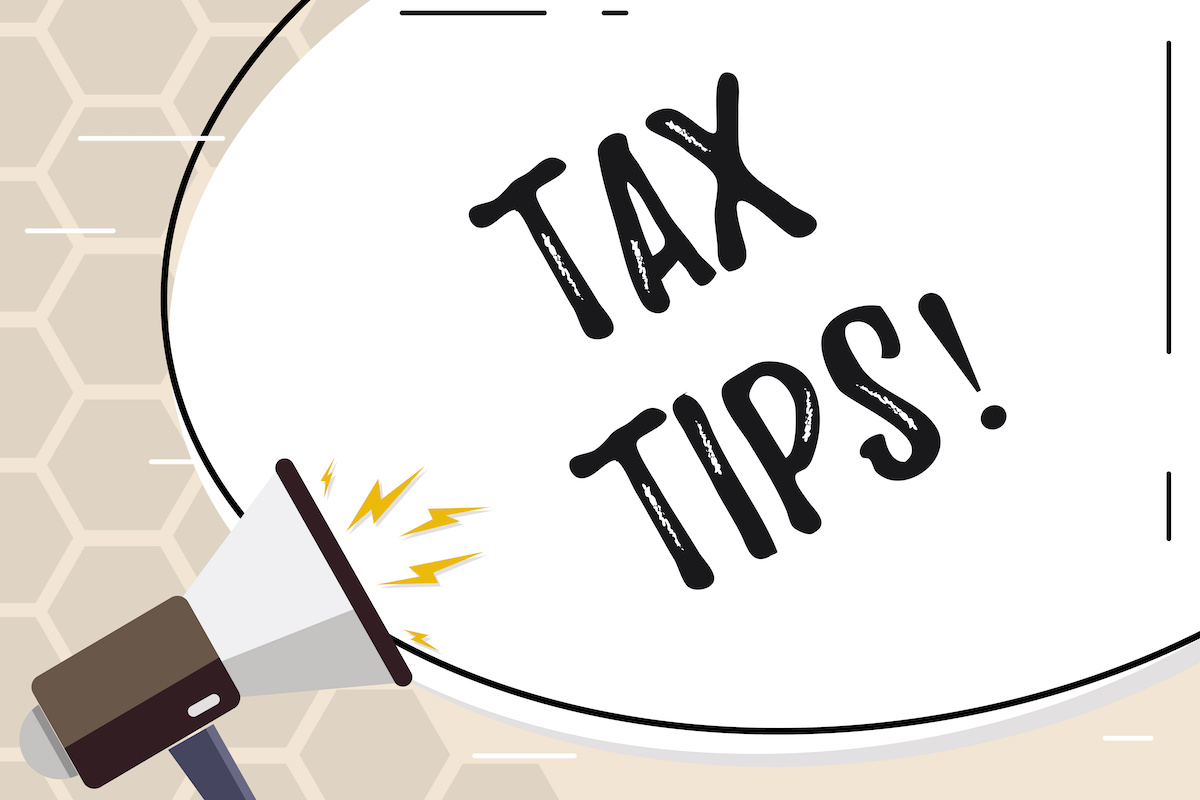Preparing your carpet and upholstery cleaning business for the tax season is essential to running a successful enterprise. It’s vital to understand your tax liability as a business owner and take a proactive approach to plan for taxes throughout the year, not just when it’s time to file taxes.
When planning for your taxes, consider your business entity type and available deductions for work-related expenses like equipment. Uncover a few of the top tax tips for carpet and upholstery cleaning businesses to take advantage of work-related deductions and ensure your business is ready to file come tax time.
1. Keep Meticulous Records
The number one tax tip for business owners is to keep meticulous records. If you don’t have records of your expenses and earnings, you’ll have difficulty filing an accurate tax return. You may also miss out on possible deductions and credits that can help your business.
If the IRS decides to audit your company, they may ask for records for the past six years. If you can’t produce these records, it can create a huge tax liability for your business, interfering with your future growth and success.
Develop a reliable record-keeping system for your company to stay ahead of the curve and have a smooth tax filing season. Most businesses use bookkeeping software like QuickBooks, FreshBooks, or Xero to maintain their records year-round.
Whatever system you use, keep the following records for filing taxes:
- Receipts
- Expenses
- Invoices
- W2s
- 1099s
- Earnings records
2. Understand Your General Tax Liability and Tax Code Updates
As a business owner, you must understand your general tax liabilities to prepare for filing. Companies must plan for the following taxes throughout the year:
- Self-employment tax. You pay 15.3% self-employment tax when running your own business.
- Income tax. You must file annual income taxes unless you own a partnership.
- Employment tax. If you pay employees with a W2, you must pay employment taxes.
- Estimated taxes. You must pay estimated quarterly taxes if you don’t withhold taxes during the year in paychecks.
Keep in mind that you need a tax ID number to file. You’ll use your social security number if your carpet cleaning business is structured as a sole proprietorship. If you own an LLC or corporation, you’ll use the employer identification number provided when registering your company.
W2s vs. 1099s
Another issue to consider regarding tax liability is how you pay yourself and your employees. You have the option to classify your workers as employees or independent contractors. (Important: Check with your accountant which option to go with and so you’ll also obey your local and federal tax rules and regulations in regards to W2 and 1099 classification) Tax liability for W2 workers includes paying social security and medicare. Benefits of using W2s include predictable bookkeeping and cash flow management.
You may also pay yourself and your employees with a 1099 form. This allows for more freedom on payment amounts, withdrawals, and tax liability; however, you have to estimate and pay quarterly taxes. However, Check with your accountant for accurate and legal tax practices.
Generally, if you make over $100,000 and own an LLC or S corporation, it’s better to pay yourself with a W2. This typically allows a full employee benefits package, and you avoid paying the entire portion medicare and social security. Employers pay 6.2% of these taxes, which often equates to a better deal for you as an employee of your company.
Tax code updates
The IRS constantly updates and changes small business tax codes at the federal level. Your state may also make changes to its tax code during the year. Understanding tax code updates and how they affect your business is vital.
The IRS has stopped the exceptions made during the Coronavirus pandemic. These changes primarily affect businesses established before 2020, so if you’re a new business owner, pay attention to tax policy changes.
New updates for 2022 and 2023 include removing exclusions to the Tax Cut and Jobs Act (TCJA) rules, state and local tax caps, and 20% deductions for small businesses structured as LLCs and S Corporations.
3. Engage in Tax Planning
From the moment you obtain financing to start your cleaning company, begin planning for your taxes. Tax planning is a strategy businesses use to ensure they don’t have any unpleasant surprises when filing taxes. Tax planning also helps you anticipate which credits and deductions you want to use to keep the proper documentation to file.
The Small Business Administration provides small businesses with a tax planning guide that walks you through the tax planning process. It includes an initial questionnaire that helps you assess your tax readiness and information on deadlines. It also details how to use an organized accounting system during the year to manage your cash flow.
4. Explore Available Deductions
Part of tax planning for your cleaning business is to explore your available deductions. These IRS tax benefits can save your company money and reduce your tax liability by reducing your taxable income.
The most common small business tax deductions you can use include:
- Start-up costs. You can deduct a portion of your start-up costs for your cleaning business
- Home office. You can deduct expenses related to an area in your home used solely for business.
- Rent. You can deduct your rent if you rent a space to run your business.
- Marketing. You can deduct advertising expenses like digital marketing, business cards, and fliers.
- Work vehicle. You can deduct related costs if you use a van or truck solely for business.
- Employee salary. If you pay employees (W2), you can deduct associated expenses.
You might also consider depreciation to save money on your taxes. Depreciation deducts the cost of an asset each year, reducing your taxable income. The TCJA instated a first-year depreciation bonus on specific equipment, such as vehicles, computers, and cleaning equipment. This benefit allows taxpayers to write off 100% of their long-term assets in the first year they are put into service and is in effect until the end of December 2023.
5. Work With a Professional Accountant
The best action you can take regarding your business taxes and obeying your local and federal tax rules is to work with a professional accountant or tax advisor. Tax laws and regulations change yearly at the federal, state, and municipal levels, so a local tax advisor can help you understand your liabilities and potential benefits.
A professional can help you avoid common tax mistakes such as not sending quarterly taxes, claiming too many deductions, or paying too much in taxes. They can also ensure you use the correct tax rates when charging for services or products. For example, California has a sales and use tax rate of 7.25% and additional district taxes that vary per location.
Get More Helpful Resources on Owning a Carpet or Upholstery Cleaning Business
When you start a carpet or upholstery cleaning business, developing a tax planning strategy helps you fulfill your tax liability and save money when filing. A successful approach to business taxes includes keeping thorough records, using deductions, and working with a tax professional.
For more information on running your own cleaning business, contact DryMaster. Get a copy of our free business guide or browse our educational blogs for more helpful tips.




